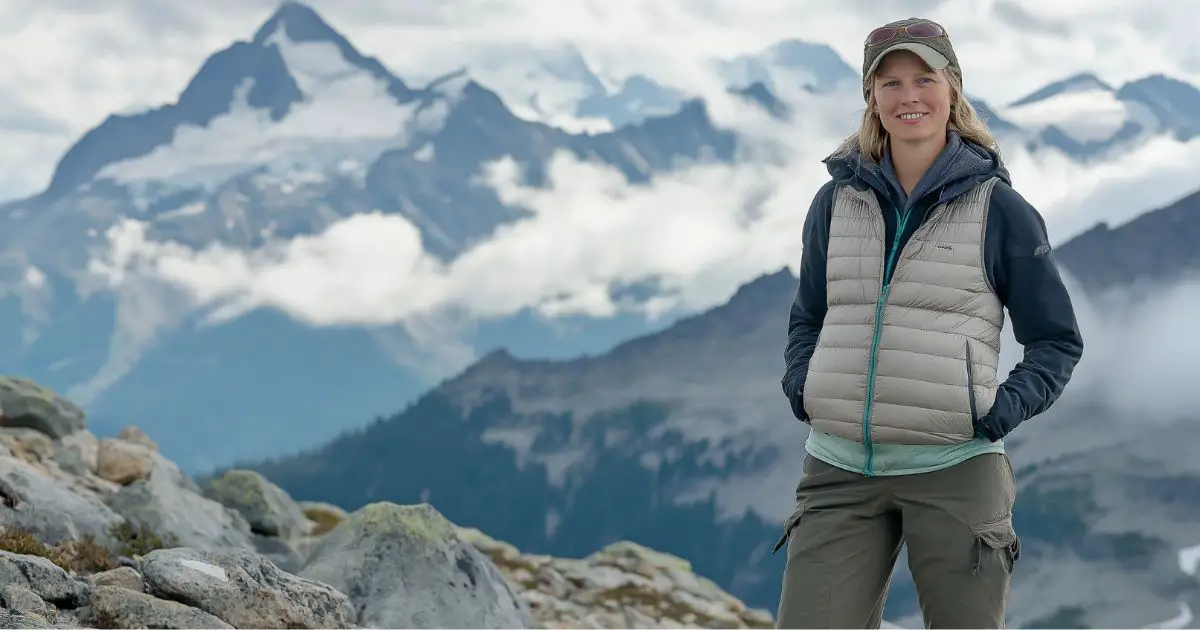Solo Hiking Aesthetic: How to Capture the Essence of Your Journey Through Photography and Storytelling
Table of Contents
Introduction
There’s something deeply personal and transformative about solo hiking. It’s not just the breathtaking views or the challenge of the trail—it’s the inner journey, the quiet moments, and the sense of freedom that comes from walking alone in nature. And in an era when more people are embracing solo travel and minimalist adventure, capturing that experience authentically has become part of the journey itself.
According to the Adventure Travel Trade Association, solo travel saw a 20% increase in 2023, with hiking ranking among the top activities. But documenting those moments isn’t about filters and likes—it’s about telling the story of your connection to the land, the rhythm of your steps, and the beauty in solitude.
This post is for the travel-savvy hiker who wants to create a compelling visual and narrative aesthetic that reflects more than just destinations—it captures the soul of the trek. From photography tips and storytelling frameworks to gear recommendations and editing ideas, you’ll learn how to authentically share your solo hiking journey in a way that resonates with both you and your audience.
In-Depth Outline
1. Understanding the Solo Hiking Aesthetic
- Defining what “aesthetic” means in the context of solo hiking
- Why it’s about emotion, solitude, minimalism, and nature
- The difference between curated vs. authentic content
- Identifying your personal hiking narrative or mood
Table: Elements of Solo Hiking Aesthetic
| Element | Description |
| Mood | Reflective, peaceful, introspective |
| Color palette | Earth tones, misty blues, soft light |
| Composition style | Wide angles, minimal subjects |
| Themes | Solitude, resilience, nature |
2. Pre-Hike Planning for Content Creation
- Research trails with visual storytelling in mind
- Check weather, lighting conditions, and golden hour times
- Choose trails with varied terrain (forest, peaks, water)
- Decide on your story focus: challenge, healing, escape
Table: Planning for Visual Impact
| Element | Purpose |
| Trail diversity | Captures multiple story angles |
| Light direction | Enhances depth and shadows |
| Weather variation | Adds mood or drama to visuals |
3. Essential Gear for Documenting Your Journey
- Camera vs. smartphone: pros and cons for hikers
- Lightweight tripods, remote shutters, and mounts
- Journals or voice recorders for real-time thoughts
- Solar chargers or battery packs for multi-day hikes
Table: Minimalist Content Creation Gear
| Item | Use Case |
| Smartphone tripod | Stable shots & time-lapse |
| Clip-on mic | Clear audio for narration |
| Lightweight DSLR | Pro-level shots without the bulk |
| Field journal | Capture thoughts and quotes |
4. Capturing the Aesthetic: Photography & Video Tips
- Framing for solitude: rule of thirds, negative space
- Use of natural lighting and golden hour
- Candid vs. posed: capturing your authentic moments
- Filming short clips for future reels or vlogs
Table: Composition Tips for Hiking Photography
| Tip | Effect |
| Rule of thirds | Natural balance in frame |
| Backlight at sunset | Silhouettes, warmth, depth |
| Leading lines (trails) | Visual storytelling with motion |
| Minimalism | Focuses attention, evokes emotion |
5. Writing and Storytelling On the Trail
- Start a trail journal with short entries per stop
- Use sensory language (smells, textures, silence)
- Document challenges and mindset shifts
- Create a story arc: beginning, challenge, reflection
Table: Story Structure for Solo Hiking Blog/Posts
| Section | What to Include |
| Introduction | Why you chose this trail |
| Rising action | Moments of challenge or surprise |
| Climax | Reaching a summit or epiphany |
| Resolution | Insights, mood, personal change |
6. Post-Hike Editing & Sharing
- Choose photos that tell a complete story
- Use consistent filters or color grading for cohesion
- Mix wide landscape shots with close-up emotional shots
- Caption tips: use quotes, journal entries, and reflections
7. Ethical & Mindful Storytelling in Nature
- Avoid geotagging fragile or lesser-known spots
- Respect local communities and natural habitats
- Be honest about challenges and realities—not just highlights
- Inspire without exploiting the location
Detailed Content Expansion
3. Essential Gear for Documenting Your Journey
Capturing the essence of your solo hike doesn’t require a professional kit—just smart choices in lightweight, multifunctional gear. When you’re packing everything on your back, every ounce counts. The good news? Modern tech makes it easier than ever to document beautifully without the bulk.
Smartphones have become the go-to for solo travelers thanks to high-resolution cameras and intuitive features like portrait mode and panorama. Pair your phone with a compact tripod or selfie stick to capture wide landscapes or self-timed shots on the trail. Consider a remote shutter (Bluetooth or cable) for easy operation.
For those wanting more control, a mirrorless or compact DSLR camera strikes the balance between quality and portability. Look for models with built-in stabilization and weather sealing if you’re hiking in variable conditions.
Audio and journaling matter, too. Pack a clip-on mic for clear narration or voice memos and a small field notebook for sketching, quotes, or trail thoughts. Solar-powered battery banks ensure your devices last through multi-day hikes.
Table: Lightweight Content Creation Gear
| Item | Ideal For |
| Smartphone tripod | Solo shots, stability, time-lapse |
| Remote shutter | Hands-free operation |
| Clip-on microphone | Clearer audio in wind or nature noise |
| Power bank (solar) | Charging devices in the backcountry |
| Field journal | Preserving real-time reflections |
Smart, minimalist gear not only reduces your pack weight but helps you stay focused on the hike—not fiddling with your setup.
4. Capturing the Aesthetic: Photography & Video Tips
The solo hiking aesthetic isn’t about perfectly posed selfies. It’s about capturing moments that evoke emotion, solitude, and the rhythm of your journey. And the best part? You don’t have to be a professional to do it.
Start with your composition. The rule of thirds can instantly improve your photos—imagine dividing your frame into nine equal squares and placing key subjects along the lines or intersections. Use leading lines, like winding trails or rivers, to guide the viewer’s eye deeper into the image.
Embrace natural lighting, especially during golden hour (just after sunrise or before sunset). Soft shadows and warm hues amplify mood and depth. On overcast days, don’t shy away—diffused light is perfect for capturing color tones and emotional quietness.
Negative space—leaving open sky, terrain, or mist—helps emphasize your subject (often, just you in a wide landscape). Mix wide shots with small details: boots on moss, fingers brushing tall grass, a steaming cup of coffee by your tent.
Short video clips—panoramas, footfalls on trail, wind in trees—create incredible content for reels or personal travel films.
Table: Photography Style Guide
| Technique | Effect |
| Wide-angle + negative space | Emphasizes solitude and scale |
| Backlighting (sun behind) | Creates silhouette and mood |
| Detail shots (hands, feet) | Adds intimacy and authenticity |
| Candid movement shots | Tells a story, adds emotion |
Remember, it’s not about capturing every moment—just the ones that feel true to your journey.
Conclusion
Solo hiking is a journey inward as much as it is a trek across landscapes. Capturing that experience through a mindful aesthetic—both visual and emotional—can deepen the impact of your adventure and allow you to relive it again and again. Whether through photography, storytelling, or simple journaling, the goal isn’t perfection—it’s authenticity. Your solo hiking aesthetic should reflect your perspective: raw, personal, and present. By planning ahead, embracing minimal gear, and staying connected to your surroundings, you can share a story that resonates far beyond the trail. Because in the stillness of solo travel, the most powerful images often speak the quietest truths.

